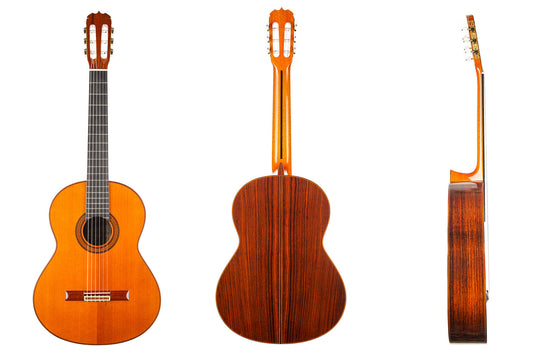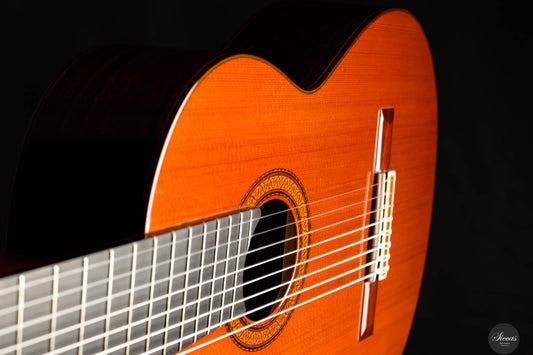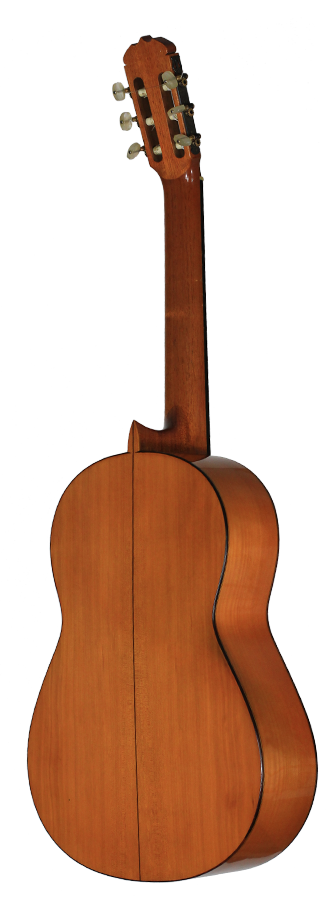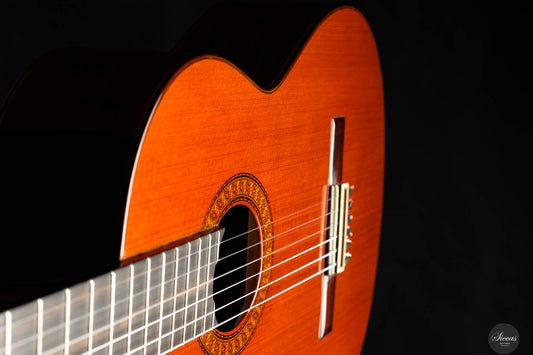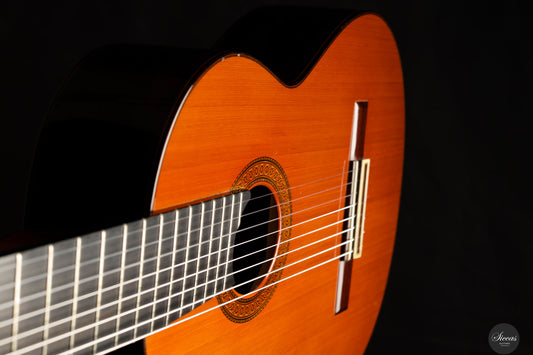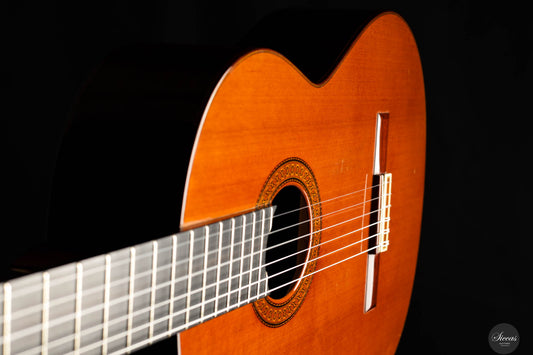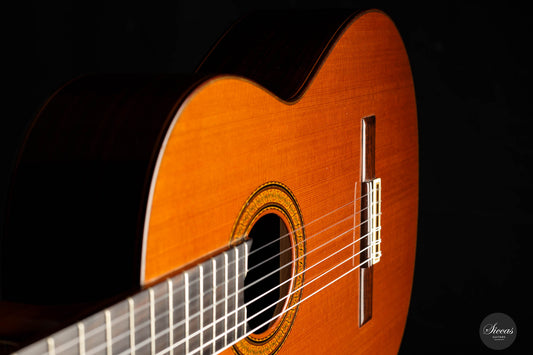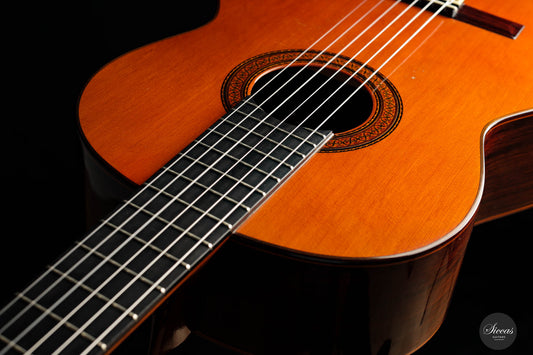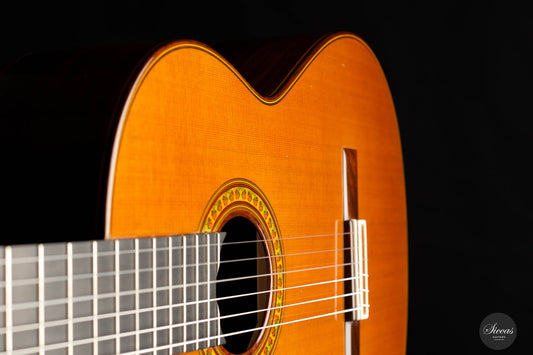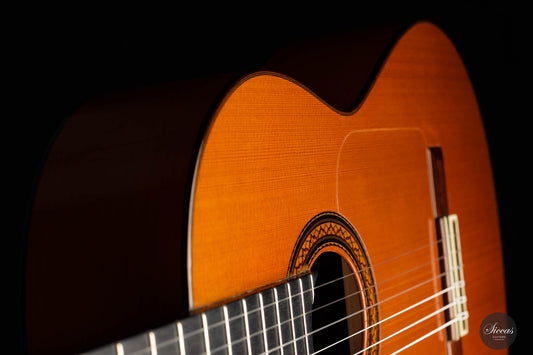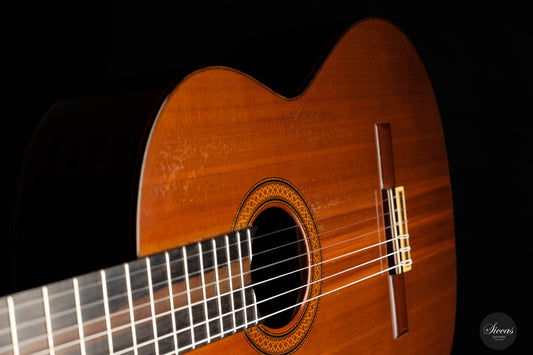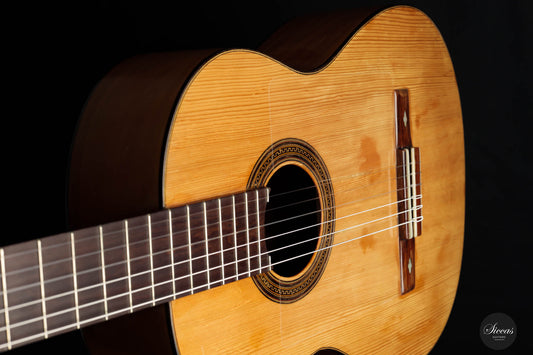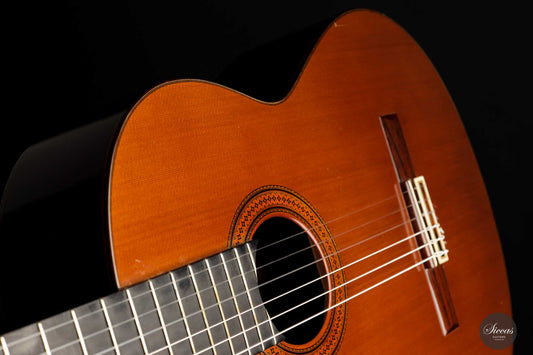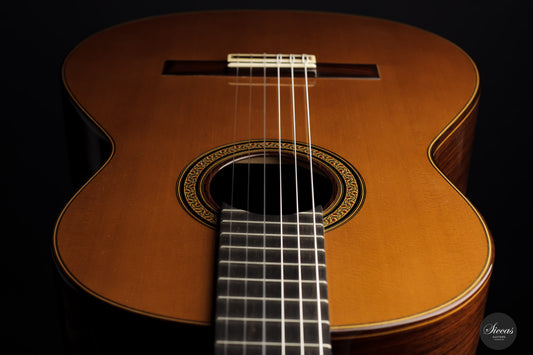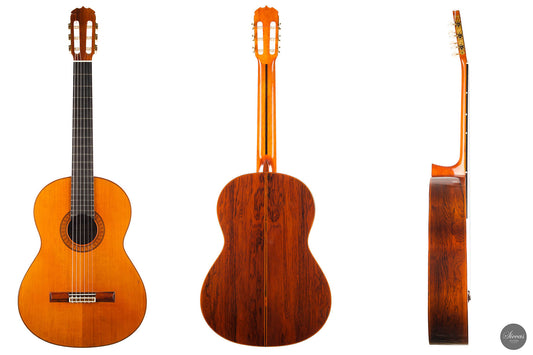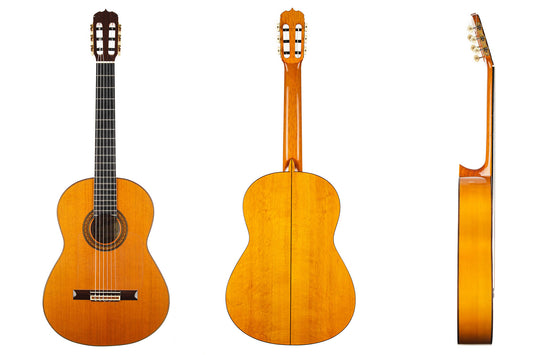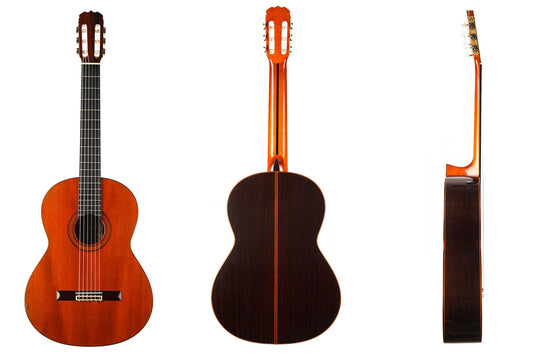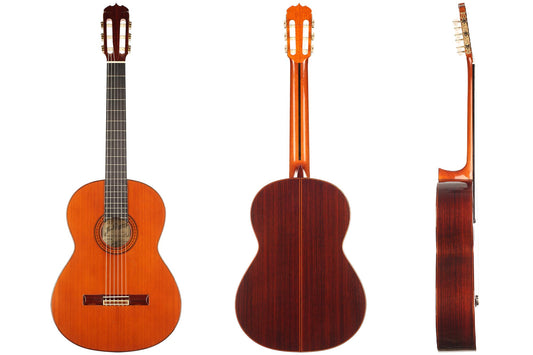Jose Ramirez
-
Luthier: Jose Ramirez
-
Luthier: Jose Ramirez
-
Luthier: Jose Ramirez
-
Luthier: Jose Ramirez
-
Luthier: Jose RamirezLuthier: Seltene Gitarren
-
Luthier: Jose Ramirez
-
Luthier: Jose Ramirez
-

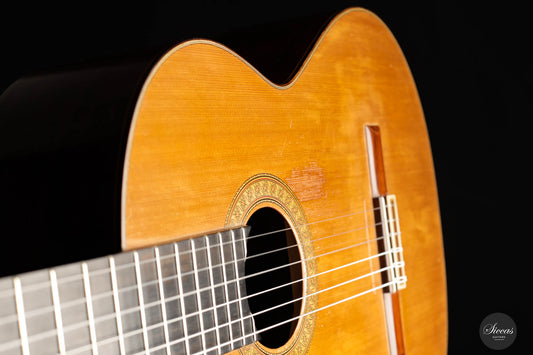 SoldSoldLuthier: Jose Ramirez
SoldSoldLuthier: Jose Ramirez -
Luthier: Jose Ramirez
-
Luthier: Jose Ramirez
-
Luthier: Jose Ramirez
-
Luthier: Jose RamirezLuthier: Seltene Gitarren
-
Luthier: Jose RamirezLuthier: Seltene Gitarren
-
Luthier: Jose Ramirez
-
Luthier: Jose Ramirez
-
Luthier: Jose Ramirez
-

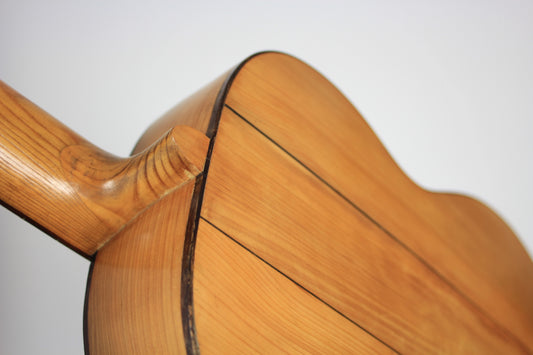 SoldSoldLuthier: Jose Ramirez
SoldSoldLuthier: Jose Ramirez -
Luthier: Jose Ramirez
-
Luthier: Jose Ramirez
-
Luthier: Jose Ramirez
You may also be interested Jose Ramirez
The Ramírez Family – A Lifelong Dedication to Classical and Flamenco Guitar
Manuel Ramírez de Galarreta y Planell was born in 1864 in Alhama de Aragón. Although his family lived mainly in Madrid, his father’s profession temporarily brought them there. Manuel learned guitar making from his older brother José Ramírez I. At age 27, around 1891, he decided to strike out on his own. Initially planning to move to Paris, he changed course and eventually opened a workshop at Calle Cava Baja 24 in Madrid, which created a permanent rift between the brothers.
He later moved his shop to Plaza de Santa Ana No. 5 and then to Calle Arlabán No. 10, where he established a lasting workshop. His reputation grew quickly, and he became known not only for guitars but also for violins and other stringed instruments. He continued the school founded by his brother, training students such as Santos Hernández, Domingo Esteso, and Modesto Borreguero, who themselves became masters.
Manuel refined the “Guitarra de Tablao” developed by his brother and created a flamenco model that remains influential today. A famous episode from 1912 recounts how he gifted a guitar to a young, eccentric-looking guitarist who had come to rent one. This guitarist later took the instrument on a world tour; the very same guitar can now be found at the Metropolitan Museum of Art in New York.
José Ramírez II (1885–1957)
José Simón Ramírez grew up in his father’s workshop, learning both guitar making and performance. At age 20, he was hired for a two-year concert tour of South America that ultimately lasted nearly 20 years. Returning to Madrid in 1923, he took over the family workshop in Calle Concepción Jerónima No. 2. He worked with notable artisans such as Alfonso Benito, Antonio Gómez, and apprentices like Marcelo Barbero. He received the Gold Medal at the 1923 Ibero-American Exhibition in Seville.
The Spanish Civil War later created severe shortages of instrument-grade wood, which fueled disagreements with his son, José Ramírez III, who had begun independent research.
José Ramírez III (1922–1995)
José Ramírez Martínez began working in the family workshop at 18. He quickly rose through the ranks and devoted himself to acoustic research, materials science, and structural experimentation. Despite wartime limitations, he produced groundbreaking innovations, including the adoption of Western red cedar tops in 1965—a practice that eventually became standard worldwide.
He also developed more durable varnishes and established the 664 mm scale length. Later, due to demand for shorter scales, he introduced the 650 mm C86 model, which was later refined by his son. In 1983, he created the chamber guitar to reduce wolf tones, making it ideal for studio environments.
Among his many contributions was the design of the 10-string guitar in the early 1960s, expanding the instrument’s expressive and harmonic possibilities.



